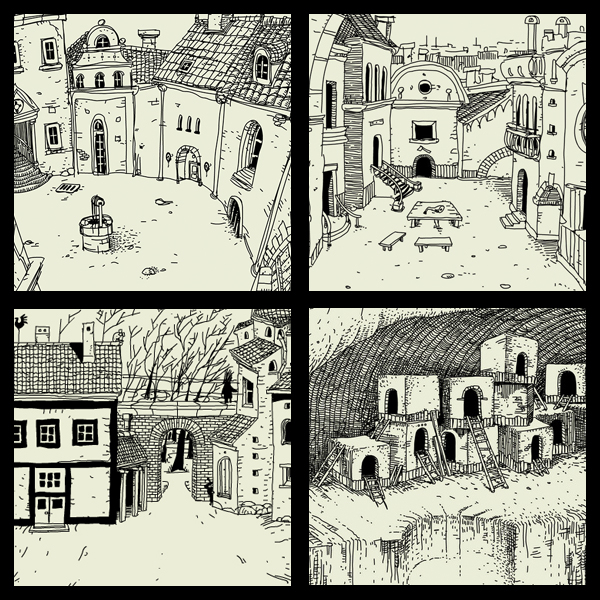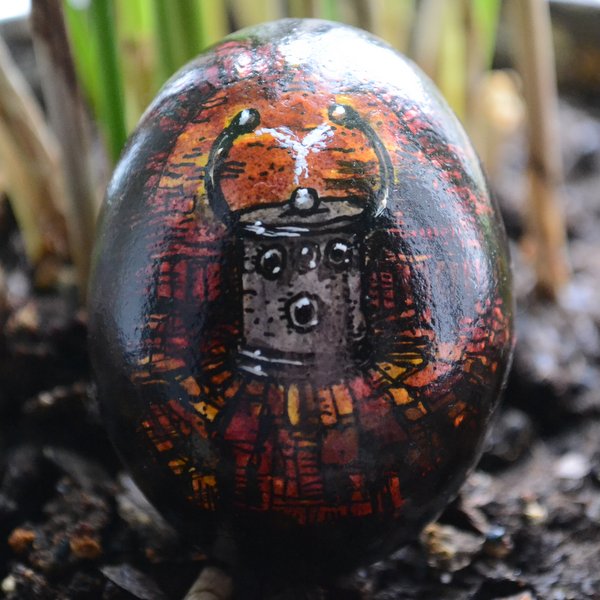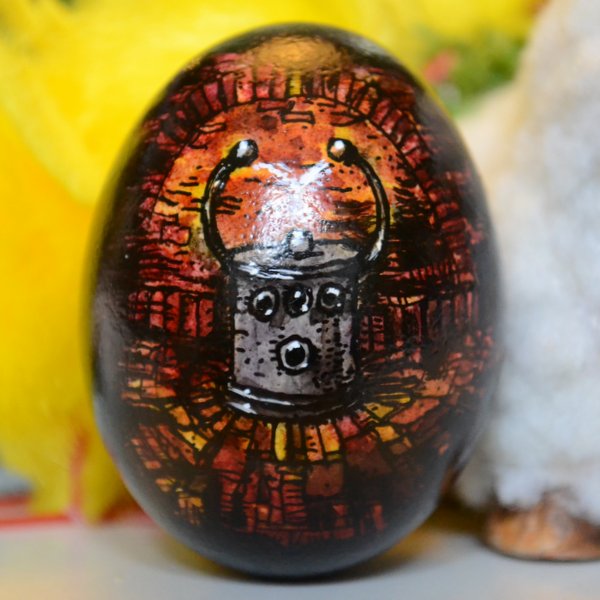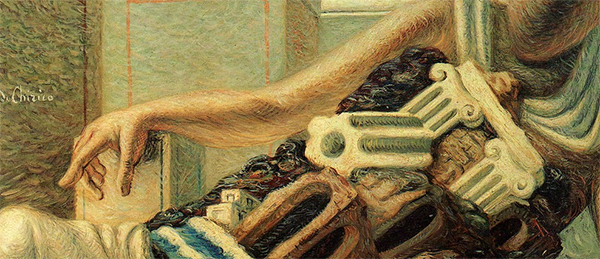Submachine 10 questions
July 21, 2015
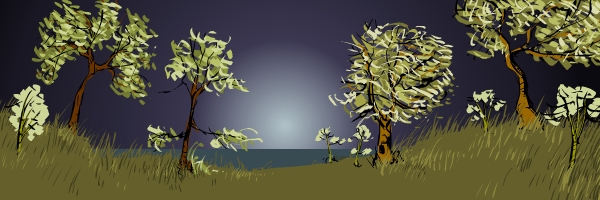
So, guys, here’s the thing.
As you probably know, sometime ago I asked you to send me questions that you think should be addressed in the upcoming Submachine 10. Your response was swift, precise and… uhm… avalanche-like? Not sure if that’s the right expression. Anyway. I’ve collected 112 questions, and as you can imagine, I will not be able to answer them all in the upcoming game. Not even close. Maybe I should just write a book about Submachine. Like a dictionary, or digest.
I’m pretty sure I will cover some of those questions in Submachine 10, however I believe rest of them will have to wait for standalone Submachine games that will come later on. Those, while being stripped from the main storyline, will have plenty of room to discuss all those subjects in question. So, more Submachines, yay.
Here’s the full list of Submachine questions I’m supposed to tackle:
- In Submachine 9, the Player see the graves of Mur and Liz. Are they actually dead?
- Is the Player dead and the Submachine is some sort of purgatory?
- What really is the submachine
- who Mur and Liz really are
- who are all the others that explored the maze of the network of places we have been
- Was it all just a dream, an amazing place existing in the mind of the character we play as, or is this a story of someone traveling to a place we all want to visit, where travel is done by a machine, a portal and such?
- What’s so important in the fifth layer
- why don’t we ever see the main character
- elaborate a bit more on the plan
- How humans discovered the Subnet, the layers
- why Murtaugh (and Liz?) were chosen
- What was Shiva’s intention
- why the structure prevailed after the deaths of Mur and Liz
- Did the Player’s journey have some purpose?
- How did the Player begin all this
- where did he come from
- Who is the player?
- what time period is he living in compared to when Mur and Liz were alive?
- I would like if it gets cleared up if there is time travel involved in the series and in what way.
- why the karmic portals are destroying the subnet,
- what implications this has for the submachines and the player
- further explanantion to the time layer
- how Thoth and Shiva are both involved
- And where is Einstein?
- Clearly even if the player can’t interact with Mur, Liz, or Einstein directly, they’ve interacted with each other directly at some point – how can they have done so but none of the other people in the subnet have encountered each other?
- Where is sunshine_bunnygirl_17
- how much more connection there was with Covert Front.
- if there will be answers about the nature of the Submachine (location.. infinite? growing?…).
- Where are the corpses of people lived in the submahine?
- Is it possible the player was everyone of them in his/her past?
- Who buried the lighthouse and why?
- Did the events that the game discusses happen centuries ago or did the player participate in them?
- Will we ever see an actual human character?
- what happened to all the other, unnamed people who left notes throughout the Submachine?
- Where did they all go?
- Or were they ever really there?
- Why did Mur and Liz die?
- How could we talked with Mur, not so long time before his death?
- Why we didn’t meet anyone in Submachine?
- explain the links between different parts, so that we know if we are travelling in time and/or space/dimensions
- if everything is happening in chronological order.
- how Mur and Elizabeth came from that hostile situation between each other to that marvelous plot twist on sub9.
- In sub6 , where we have to hack the system, did human create/build that place ??
- I’d to know who and why created Wisdom gems and what they really are
- Are we alone?
- Why are we
- Kim był Mur i Elizabeth jak to się stalo, że się poznali, a może razem pracowali nad czymś?
- czy tą grę da się ukończyc?
- czy postać w którą się wcielamy kiedykolwiek wyjdzie z submachine?
- Kto tym wszystkim steruje po smierci Mur?
- Can we just see M’s face?
- Or atleast is arm?
- Einstein, how he is able to transport himself through portals and such, but where did he end off?
- everything what has happened in the subnet is the reality, or the machine was done in order that the persons were living in a virtual reality because in the earth or the reality happened a collapse, for this way saying, the apocalypse?
- How important the light is?
- more about what happens when you create a portal inside a portal
- things about the history of the submachine, at least the history that’s connected to humans somehow, knowing more about how the humans found the subnet (did someone create it and other people found it later on?
- did humans just stumble upon it somehow and decided to add their own creations to it? how did that happen?
- is there something outside the Submachine?
- How Sub_1 fits in with the overall plot since it’s brief story
- I finally want to know what those bells are exactly for!
- Where is Kent? a submachine location or a place on Earth?
- What’s the connection between submachine and Earth/The computer that surpassed human inteligence?
- What’s the connection between the Kent waterfall and karma?
- What is the rough timeline of the events in the series?
- ow do the places we visit in the series fit within the structure of the Submachine, and how are they connected? For example: which layer(s) were we during Sub1-Sub6? Did we travel from the Outer Rim to the Core at the end of Sub1?
- Who is Shiva/the Computer? Are they one and the same?
- Where’s the Loop in respect to the 8 Layers?
- Do Defense Systems and Subbots operate in all the Layers of Reality?
- Does the Plan have anything to do with the cubic shape of each room?
- Are the persons who wrote the notes in latest Submachines the former Basement Exploration Team?
- How did he get to Subverse and Basement from Sub1?
- Did he has some special purpose in Sub1-Sub4 except escape from the trap?
- If Subbots do exist in subverse…Show them and tell about them at least in one note, please?
- What connection do Sub0, SubFLF, SubFLF HD, Sub32 have with main series?
- Who are protagonists of these side games? Their purposes?
- What does “MAP” symbol mean? (Symbol we can see in all submachine games’ main menu)
- Why does ikentt have karma flow/water?
- Where is it located?
- Why there were excursions in Winter Palace, South Garden and Lighthouse?
- Does “our real world” exist at all in Submachine game universe?
- Did we really make time travel in Sub2, or in some other game?
- How is important the time in Submachine universe?
- How many people organizations are there?
- What is the company? (Sub4 Ship note)
- What organization ordered to scientist who called this place as “Submerged Machine” to work with submachine?
- What is Fourth Dynasty?
- What happened with “Temple/Murtaugh/Shiva Cult” (Sub9)?
- What happened with Lab workers? How did they ended there at all?
- From what organization are guys from Sub8?
- Who are guys from Sub9 secret notes?
- Is there God? aka Shiva Or all is just technology? aka Computer (or something like this…)
- explanation what happened in Sub2 intro and Sub2 outro…
- If we/Payer have one-dimensional mind (Sub9 secret note), then why do we can’t meet any people in Submachines? What is the problem?
- Way in the past you talked about the creator of the first Submachine, and how his creation went haywire. I would very much like to get to know how he reacted to it and felt about it all. He seems like such an important, yet underrepresented character.
- What happened to Henry O’Toole when “Murtaugh’s” religion began gaining traction. Was he forgotten or did his works become widely acknowledged.
- How do the people of the Subnet see their history, which eras do they revere and which do they condemn. Related to this, maybe we could finally get the sub-eras if not explained, at least listed.
- Murtaugh is a surname, you’ve admitted as much. What was Murtaugh’s first name?
- Are we alone in Submachine? Is there something there, lurking in the shadows, or are we just the only explorer traversing the subnet?
- Will the Third Layer ever be repaired and brought whole again?
- In Sub_9’s super secret bonus area, it was mentioned that Murtaugh was shown the future by Shiva that left him quite happy before he died. Perhaps this is what he saw? Perhaps we, the Players, will have our hands / cursors on this kind of conclusion?
- Who happened to commission the Submachine network (if it can be called that)?
- Why is there no life, inside the Submachine?
- What was the need for the limited appearance of firearms in Submachine? (Think I remember seeing something akin to a machine gun, in one of the games? Not sure.)
- What is the purpose of the cultural deities in Submachine?
- What happened to the notes we have collected along the way, with the exception of Sub5 notes?
- Who put the golden seals in Murtaugh and Elizabeth’s tombs?
- What is the purpose of the four symbols we see in Sub2? We never used them in the game.
- Where did Murtaugh obtain plans to draw the teleporter in the lighthouse
- Who was the man that left mentioned in Sub7, and why did he leave, did he also have power like Murtaugh’s?
- Why did Murtaugh teleport to the loop? What happened that caused him to enter the loop and not some random location in the outer rim, or is the loop the outer rim?
- sub4 – What on earth is behind the metal plate? (beginning on the roof)










